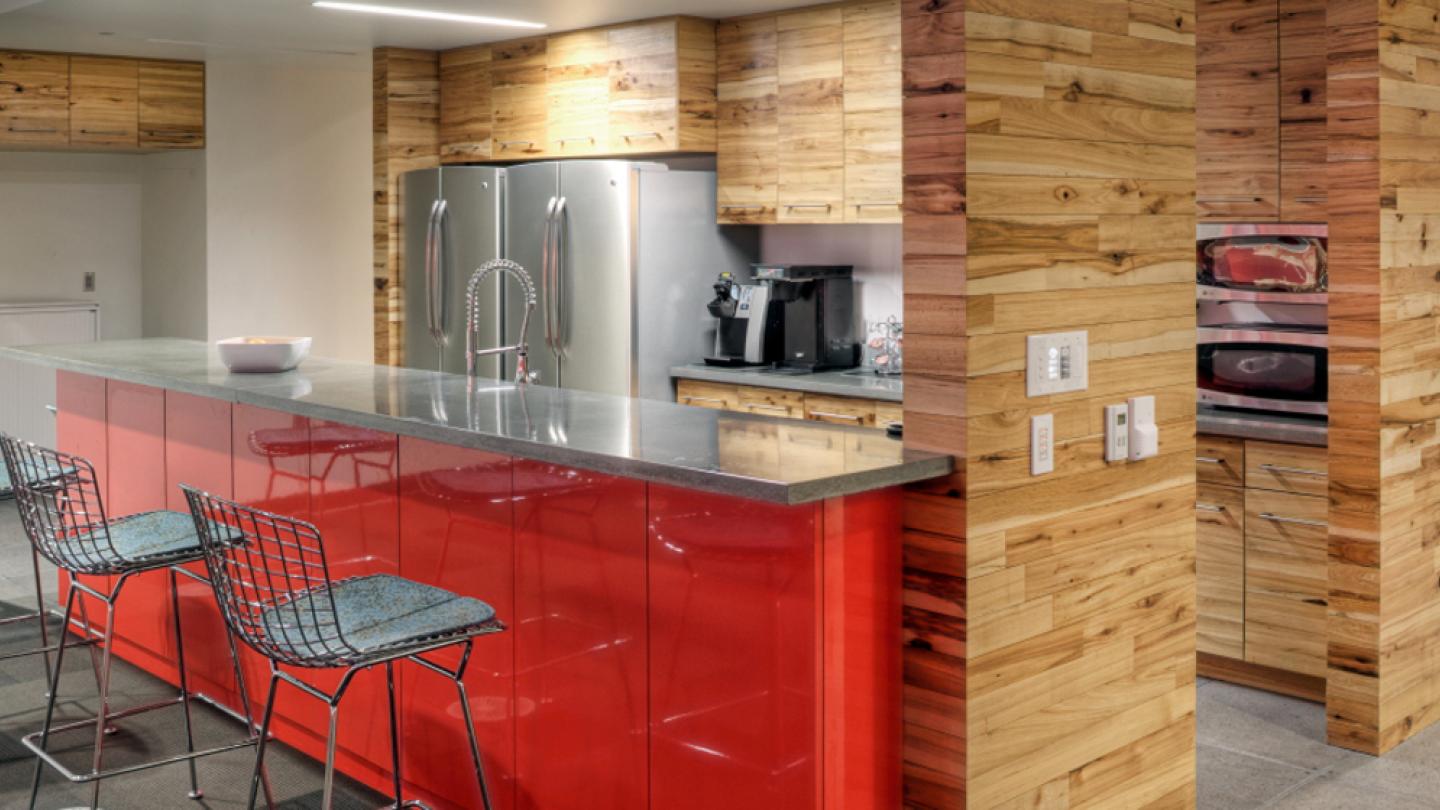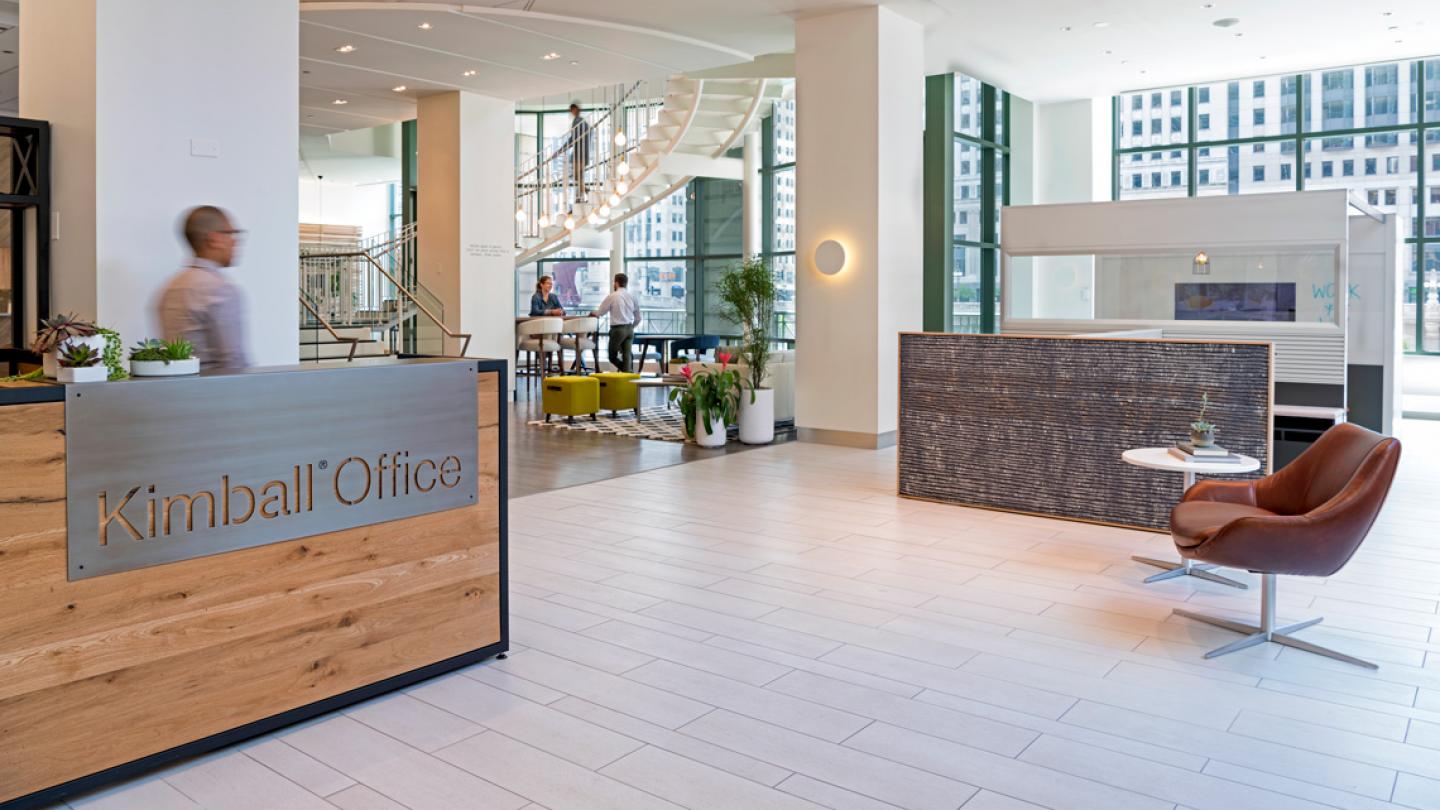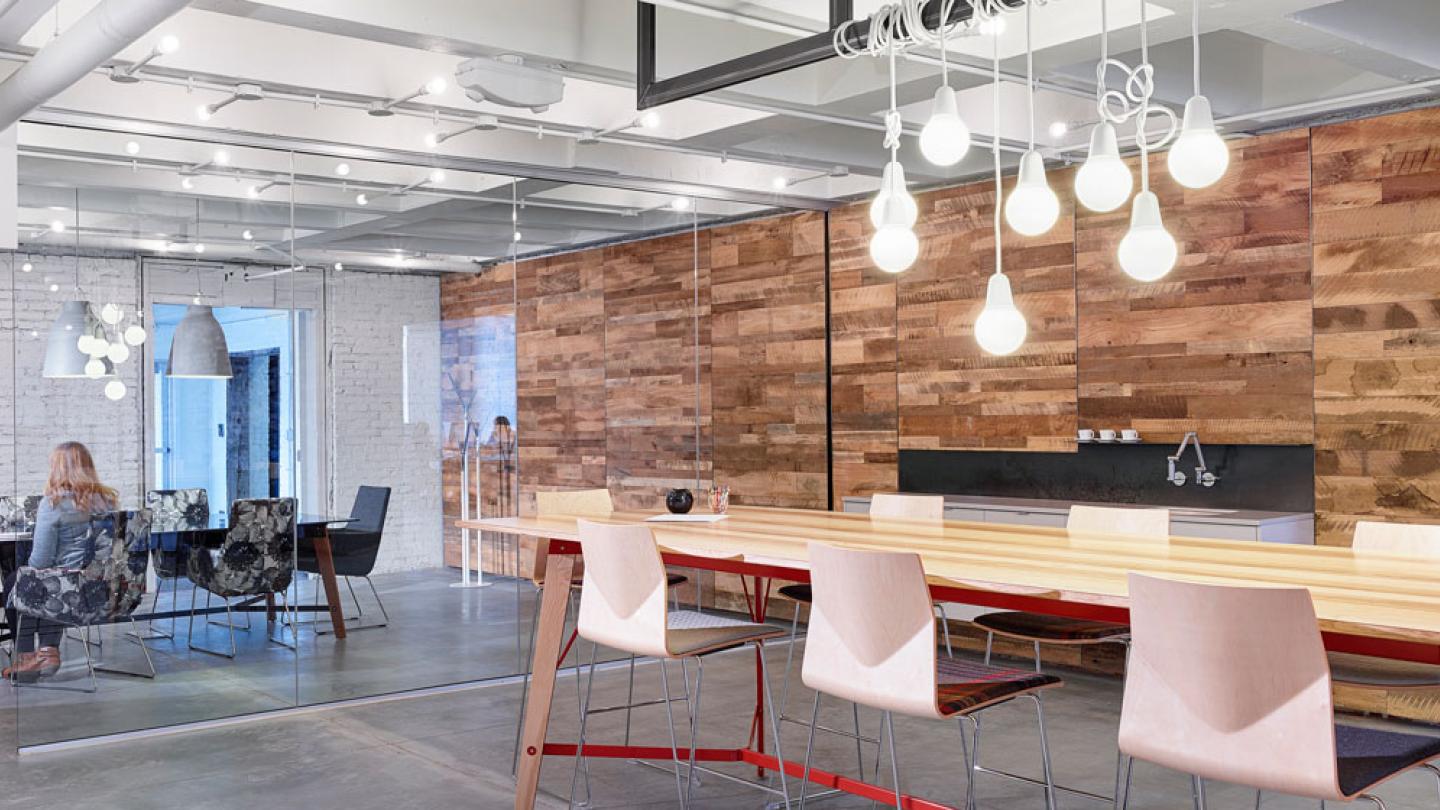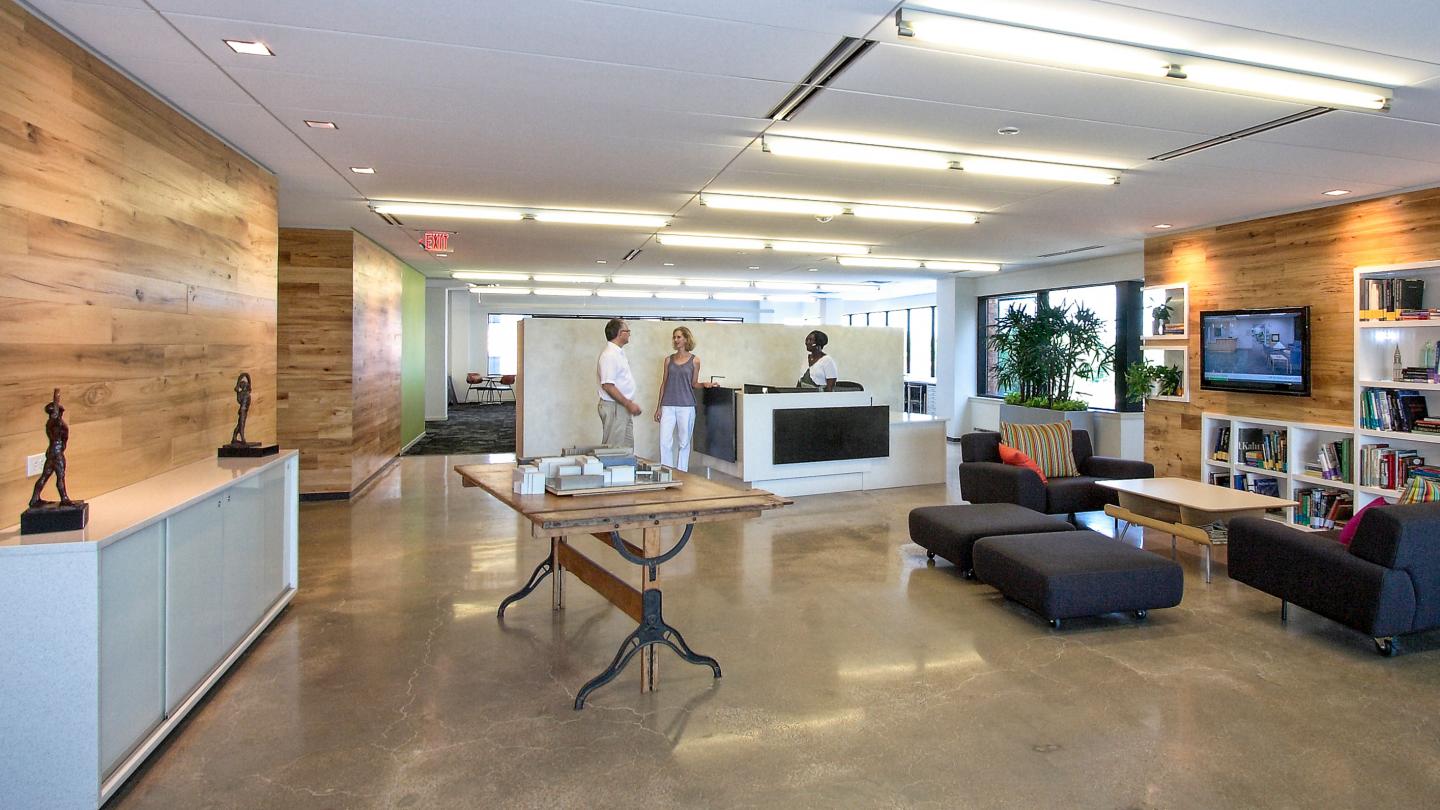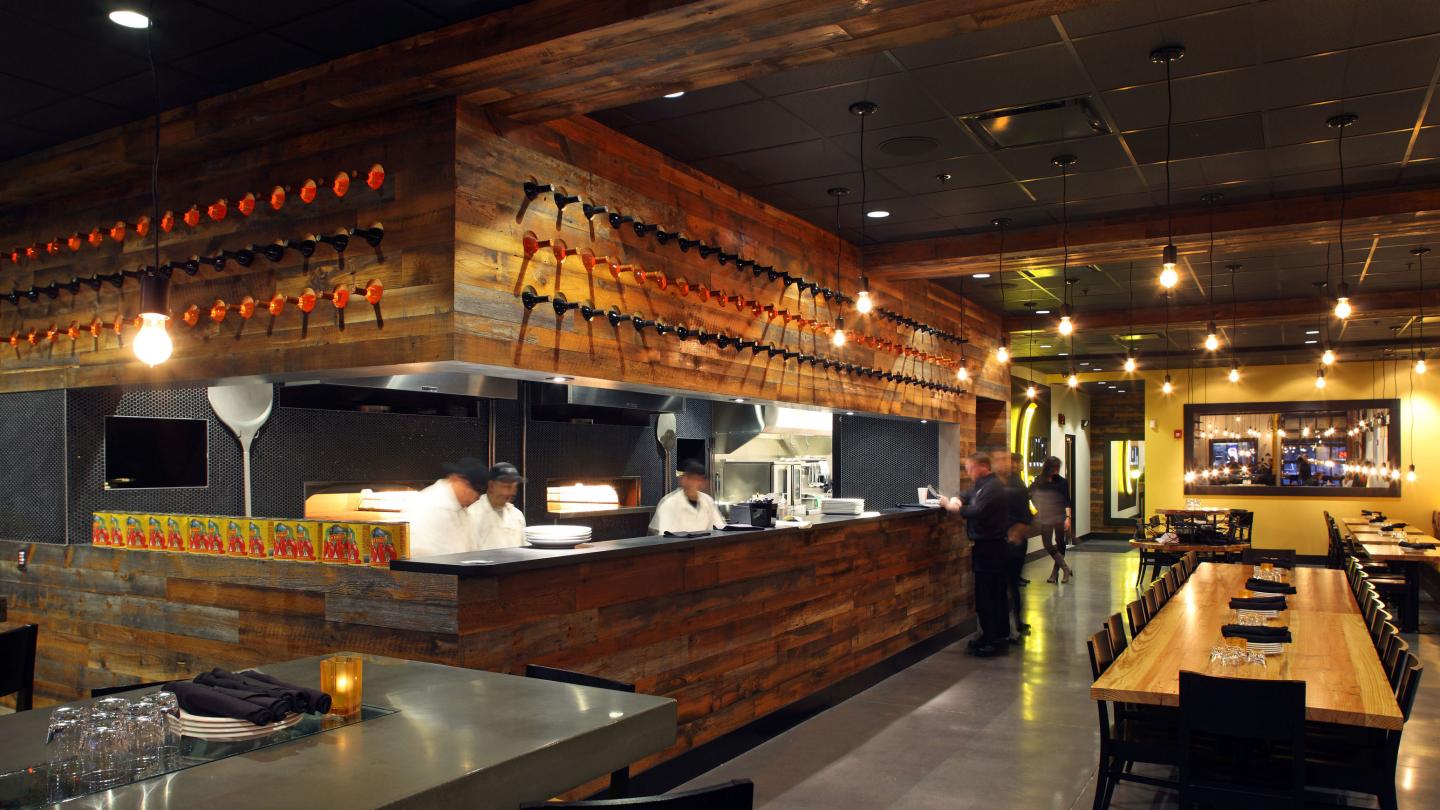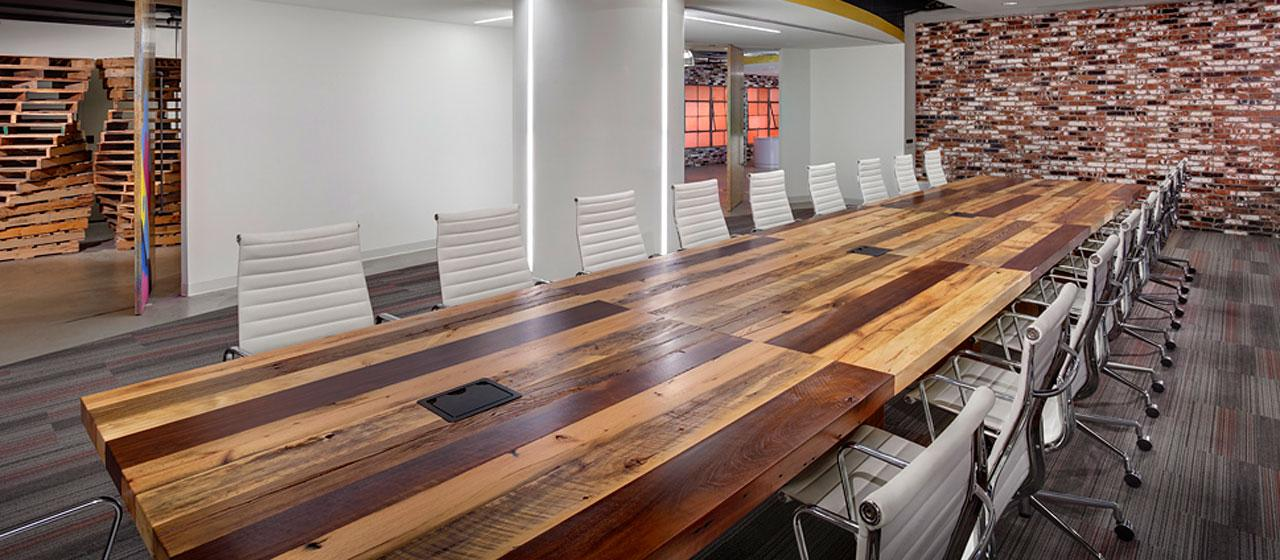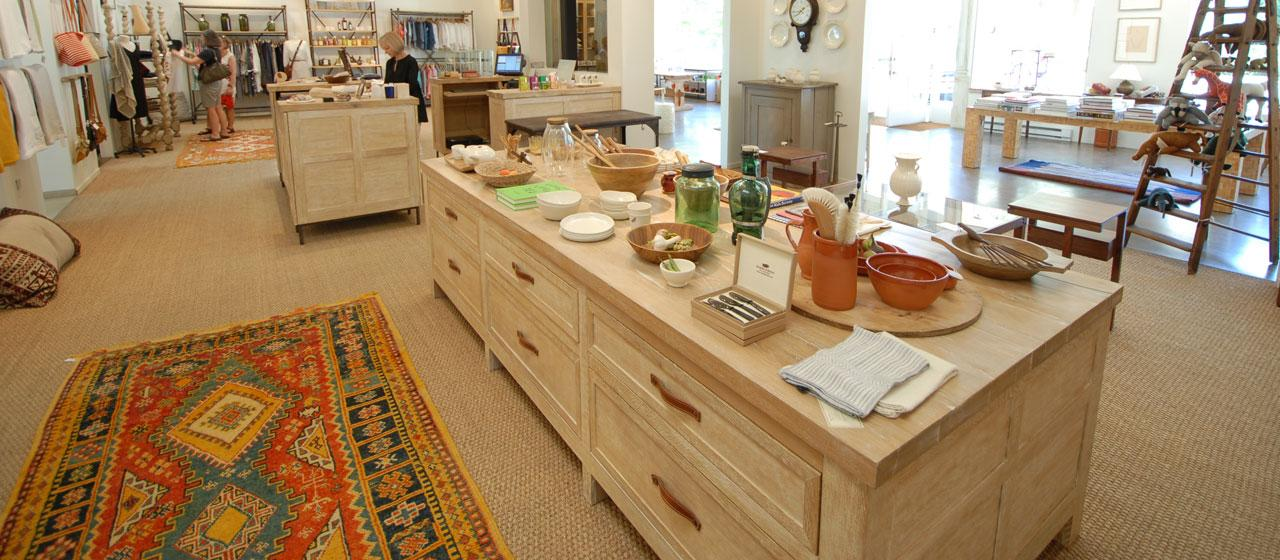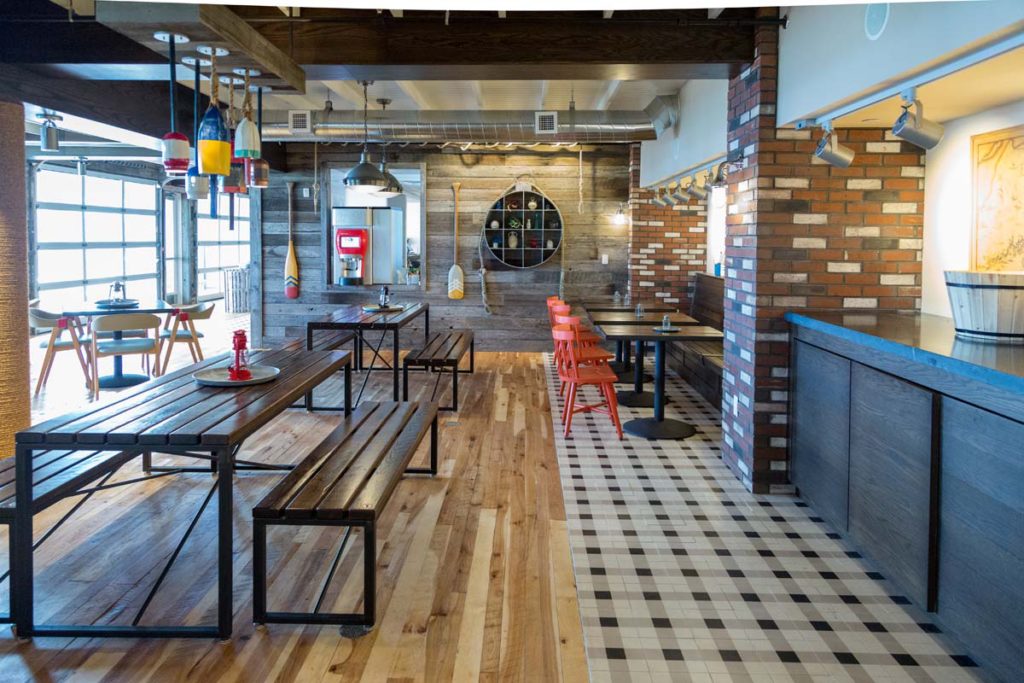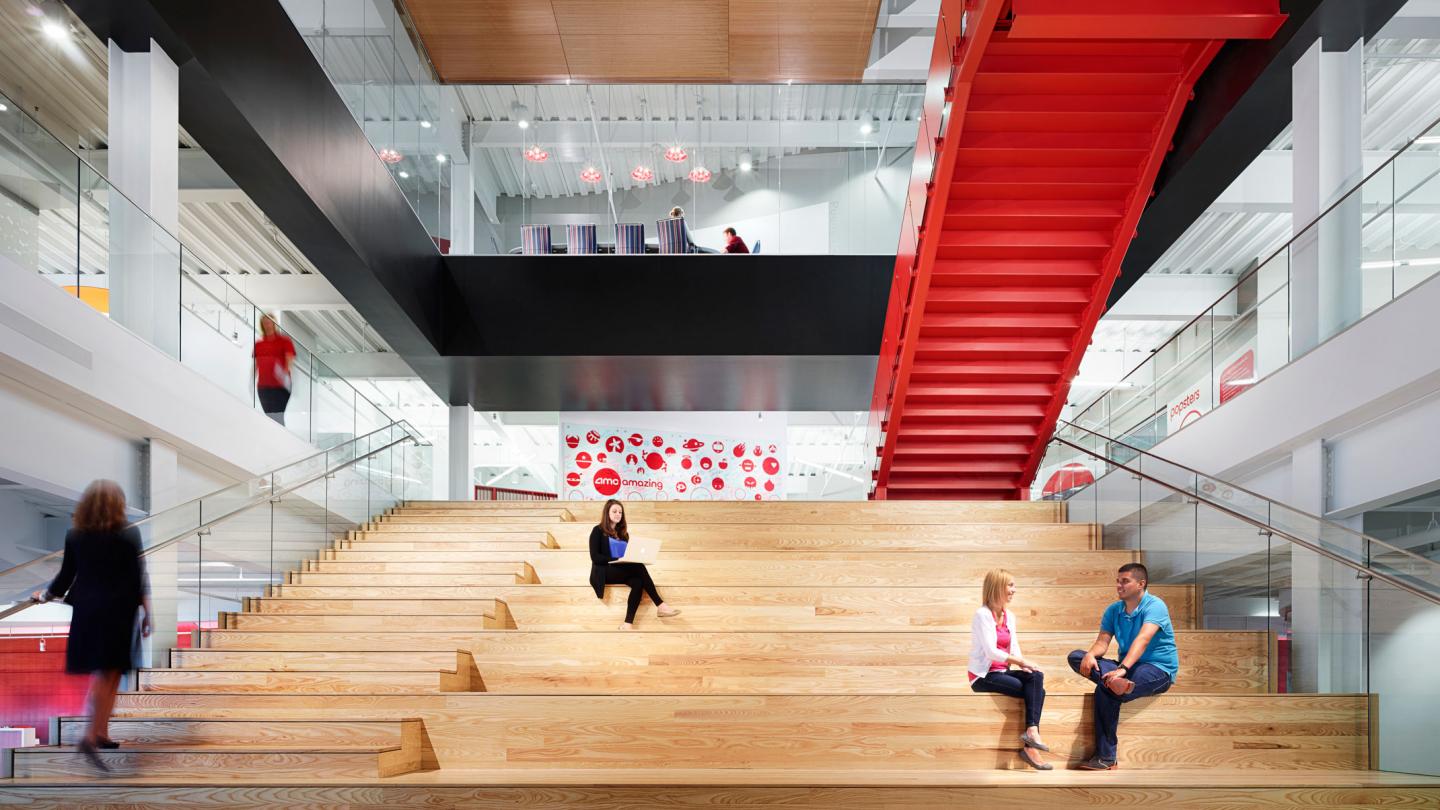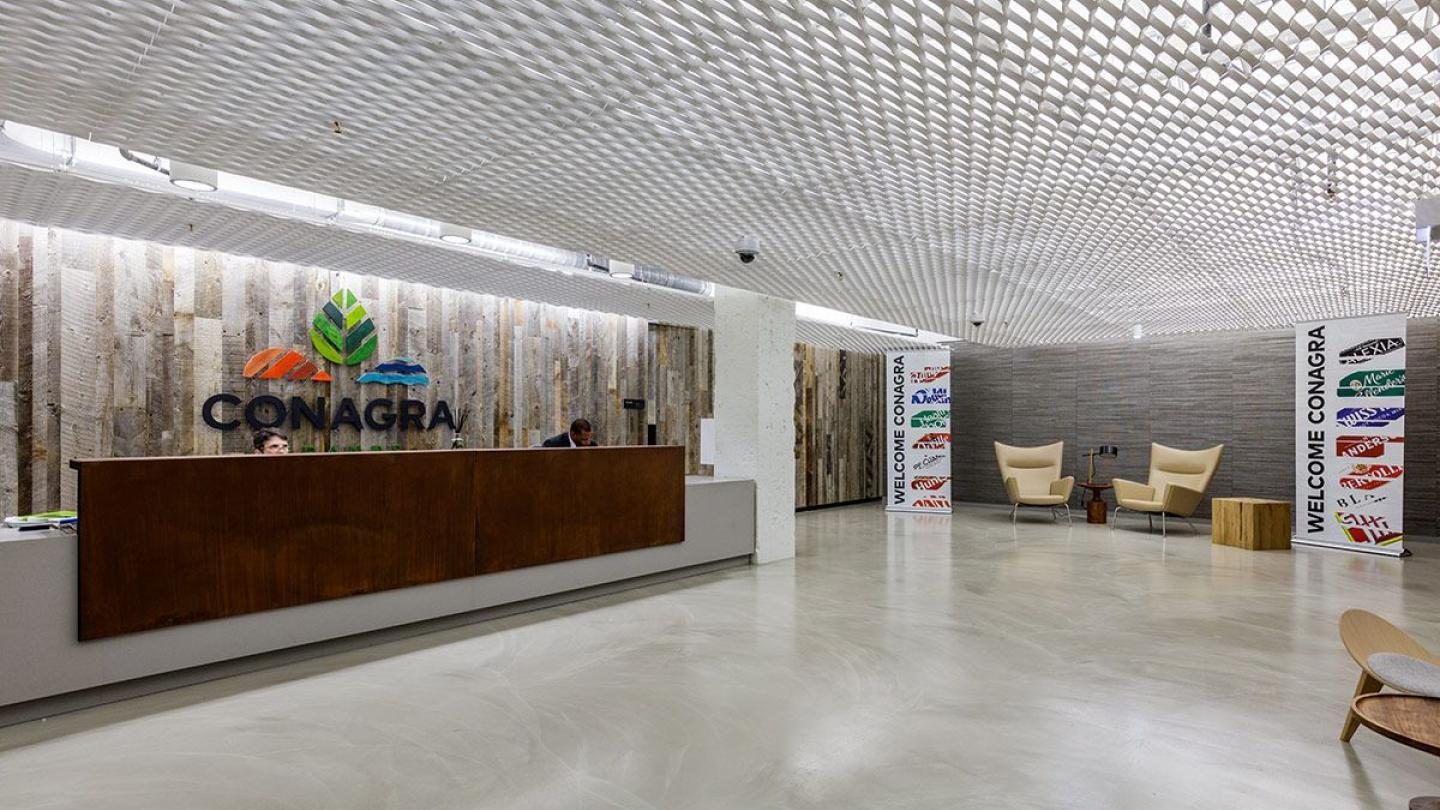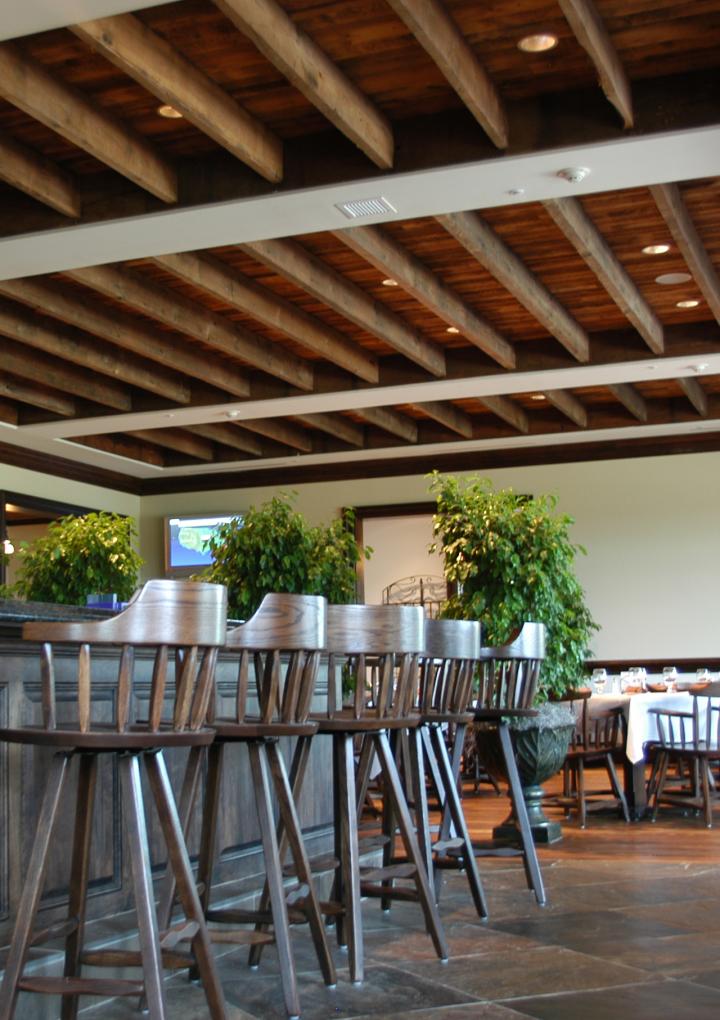When it comes to choosing wood for your next commercial construction project, sustainability should be at the forefront of your discussion. Choosing a sustainable wood, however, can be pretty tricky if you aren’t sure how to differentiate between sustainable and non-sustainable products. You also need to understand the difference between sustainable and reclaimed.
An astonishing 80% of the globe’s forests have already been destroyed, half of which has happened in the last 30 years. These forests are home to two-thirds of the wildlife population, and millions of people depend on them to survive. Doing your part on your next project to lessen your environmental impact is of the utmost importance — and, bonus, it’s easier than you think.
Ready to Discover More?
Your next project is just around the corner. Browse our product galleries for more inspiration.
By the end of this article, you will know the difference between reclaimed (also called antique) and sustainable wood, the pros and cons of each of these two types of materials for commercial projects, and for which types of projects each material should be used.
The Difference Between Sustainable and Reclaimed (Antique) Wood
Sustainable Wood
Sustainable wood is wood that comes from sustainably managed forests. But what exactly does that mean? Sustainability in this context means that the forest will still be there for generations to come even after a harvest because it is managed by forest stewards controlled by the government. Wood from unsustainable sources is cut down without permissions and with no regulations, resulting in forests that never fully recover.
Sustainable wood is obtained legally and is gathered in ways that protect other trees in the forest, along with waterways, wildlife, the Indigenous people in the area and the environment in which it was harvested. New seedlings are planted faster than trees are harvested, ensuring that forests regrow and aren’t completely destroyed.
Wood that is certified by the Forest Stewardship Council (FSC) is guaranteed to be sourced sustainably using low-impact logging methods. The FSC is an independent, non-governmental, not-for-profit organization that was established to promote the responsible management of the world’s forests.
Reclaimed (Antique) Wood
Reclaimed wood — also called antique wood — is a high-quality, “upcycled” wood that is taken from various sources, ready to be reused. The wood is usually taken from existing structures that are about to be removed or demolished but are instead taken to be recycled by a reclaimed wood company and used again. Importantly, antique, reclaimed wood can come from previously sustainably-sourced wood.
All of Elmwood’s Antique Reclaimed Wood products are certified as FSC® Recycled by the Rainforest Alliance. Elmwood reclaimed wood comes from old buildings that are condemned, abandoned or beyond repair, primarily barns and rural structures that pre-date the 1930s.
Reclaimed wood may have been used for beams, siding, flooring or structural purposes. Once it is collected and sent to a warehouse, it is cleaned, denailed, milled and formed into wood planks. It often has a patina, nail holes, saw marks, old-growth (sometimes in species that aren’t even around anymore), and signs of age and wear, which tells a story and adds to the wood’s charm.
Reclaimed wood has decades of use left in it when recovered and performs similarly to new cut wood. The biggest difference is in the style of the wood. Old reclaimed wood will appear more rustic and have an aged finish that new cut wood takes years to develop. Reclaimed wood is always sustainable, while sustainable wood is not always reclaimed.
The Pros and the Cons
Pros and Cons of Sustainable Wood
Sustainable wood on its own is quick and easy to handle on-site, great for extending existing buildings with minimal modifications, offers a smaller carbon footprint than steel or concrete (but not as much as reclaimed wood), sequesters carbon, has great structural performance and is often locally available.
Some disadvantages that builders bring up are the fact that there is a shortage of people with design and construction expertise in comparison to other more prevalent materials and it may be necessary to add mass to the design to help with thermal performance in colder climates.
Pros and Cons of Reclaimed, Antique Wood
Reclaimed, antique wood offers many of the same benefits of sustainable wood, since it itself is a sustainable wood. Since reclaimed wood is wood that has been used before, it is more eco-friendly than new cut wood, and it can provide additional benefits to your project’s brand, like more character, interest and depth to visually enhance your space.
On top of being environmentally friendly, there are multiple uses to reclaimed, antique wood: flooring, wall paneling, tables, countertops, shelves and more. It offers a versatility that many other wood products, or other building materials, just can’t provide.
Using reclaimed wood certified by the FSC can help your construction or remodeling project earn LEED points. All of the Elmwood’s Antique products can help a project earn up to five LEED credit points. You can view the details to see if your project qualifies here.
Reclaimed wood may be more expensive than new cut wood because of the process it requires. Elmwood must sort and prepare the wood to ensure it is safe for consumer use. All of the nail pulling, milling and cleaning require extra work and labor. But the price tag is worth it to lower your carbon footprint and acquire environment-saving sustainability practices.
Sometimes people assume reclaimed wood will come with pest infestations, and from some dealers, that is the case. But that’s why Elmwood kiln dries all of their reclaimed wood materials — to stabilize the wood planks while also eliminating all forms of mold or insects that may be dormant in the woods.
Your Next Project
There is an endless amount of design ideas you can implement into your next project using sustainable or reclaimed wood.
Tables
Conference tables make a statement and set a tone for the entire office space whether you use them solely for internal meetings to inspire employees or for hosting important clients. Tables in a commercial showroom are also extremely eye-catching when using rustic sustainable wood.
Flooring
Flooring is an integral aesthetic in any room: Making sure your hardwood floors stand out is important. Choosing a hickory hardwood floor is a perfect choice for a high-traffic area like a corporate kitchen, a restaurant floor or a busy hotel lobby because of its durability and beauty.
Stairs
Stairs may seem like a simple design element to consider but they are made up of multiple pieces and parts: the stringers, risers, treads, railings, spindles and posts. Going for a prefinished tread from Elmwood is an easy way to create a unique design that is easy to install.
Walls, Ceilings and More
Reclaimed wood can create an eye-catching accent wall or add drama to your ceiling. You can mix and match colors to amp up the design or keep a consistent color scheme and let the texture take center stage.
In a world where sustainability is as important as ever, consider using reclaimed wood as your primary building material. No matter the dream of your design, there is the perfect reclaimed wood product out there for you.
Check out Elmwood’s product offers and request a quote today to get started.

